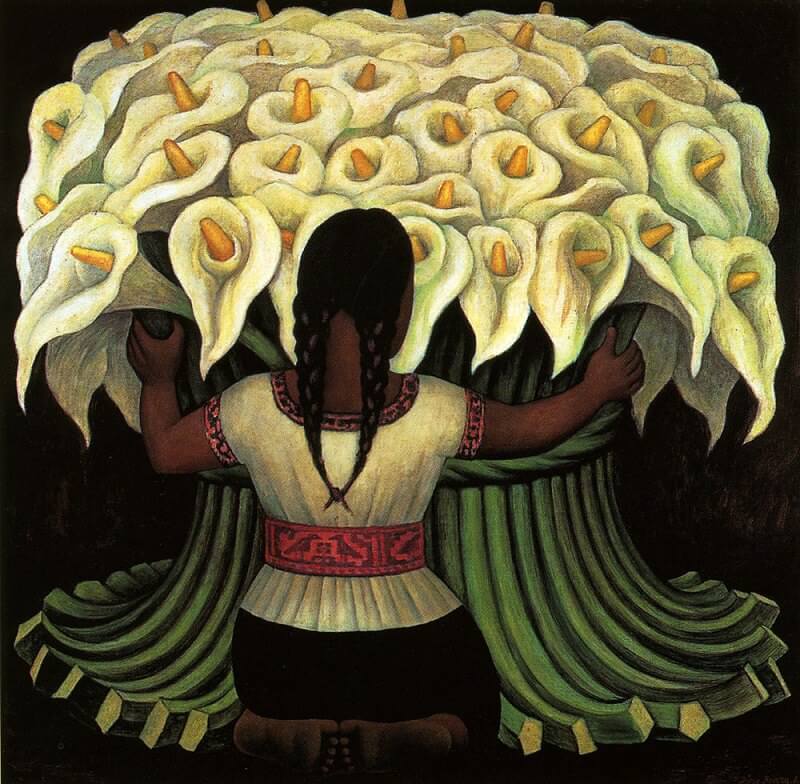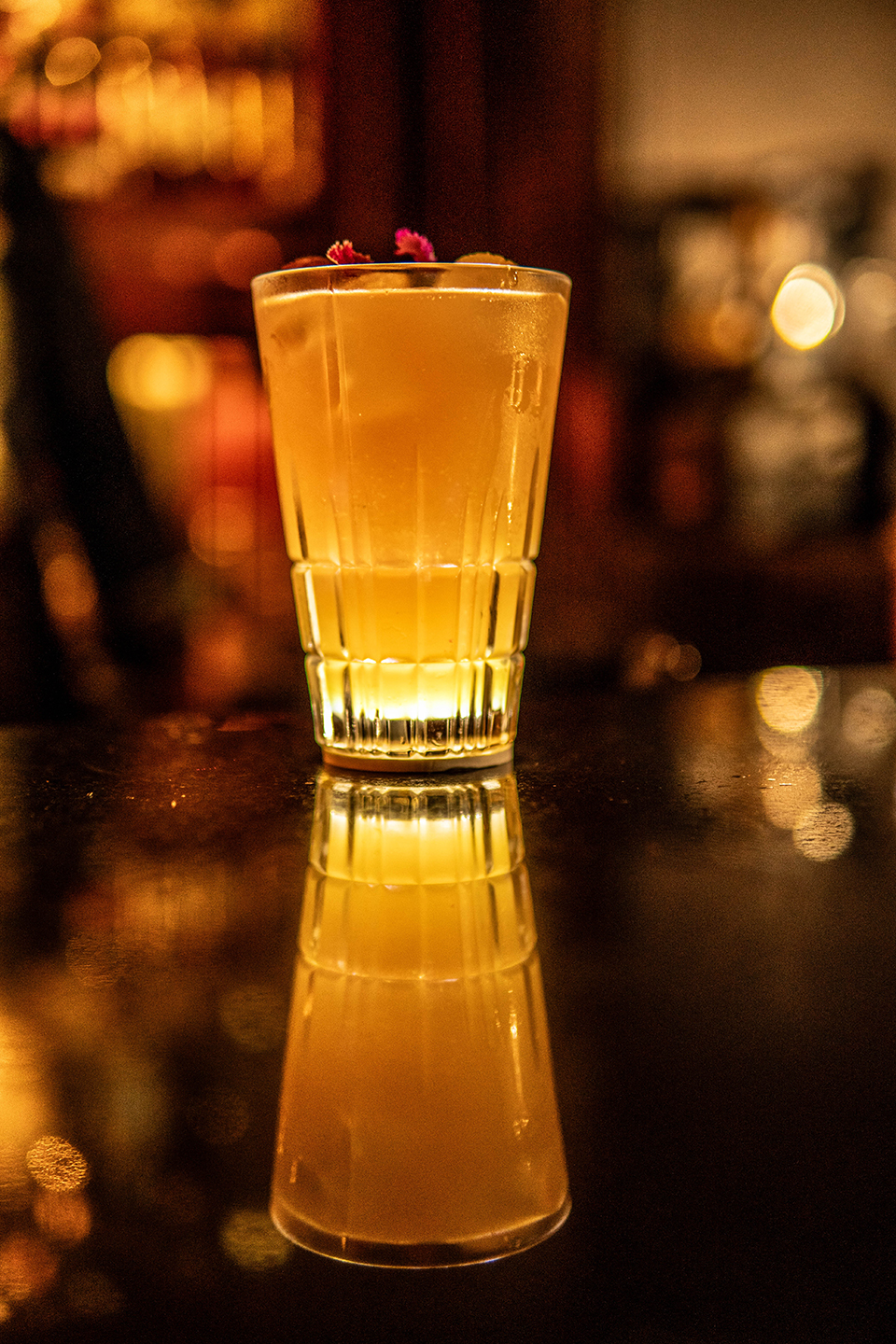Forelonging the passing of Valentine’s Day, love begets more flowers and we stand to stop and analyse the financial crooks of consumption and alternatives that have come about in the local markets. Flowers, with their delicate petals and vibrant hues, have long been revered as symbols of love and affection as one looks back at lost histories and literature. As Valentine’s Day approached us this month, blossoms took centre stage, embodying the timeless essence of mysticism, acting as a medial lens.
Contextualising Literature often helps us review the documented use of flowers as a powerful symbol of love and its complexities. In Shakespeare’s “Hamlet,” Ophelia distributes flowers with hidden meanings, symbolising her madness and unrequited love for Hamlet. Similarly, in “The Great Gatsby” by F. Scott Fitzgerald, the protagonist, Jay Gatsby, showers his love, Daisy Buchanan, with extravagant floral arrangements, expressing his longing and devotion.
On Valentine’s Day, the sale of flowers in India is a reflection of a convivial social order that has a significant impact on the economy. The surge in demand for flowers leads to a boom in the floral industry, affecting various aspects such as import/export, demand-supply dynamics, and the overstress towards mass production along with overall gross domestic product (GDP).
India is one of the world’s largest producers of flowers, with a wide variety of captivation throughout the length of the country. However, despite this rich floral heritage, the demand for certain flowers, especially roses, often surpasses local production capacity. As a result, a significant portion of these flowers is imported, primarily from countries like Kenya, Ecuador, and the Netherlands.
The increase in demand for flowers, leads to a surge in imports, contributing to the international flower trade. According to data from the Agricultural and Processed Food Products Export Development Authority (APEDA), India’s total export of floriculture was Rs. 707.81 Crores/ USD 88.38 Million in 2022-23, with countries such as USA, Netherlands, UAE, UK and Germany being the major importers of the flora.
The spike in floral sales during Valentine’s Day also has a direct impact on the local economy, particularly in major cities like Delhi, Mumbai, and Bangalore, where floral markets witness a flurry of activity. The increased demand for floret affection often leads to higher prices, which benefits local cultivators and vendors. Brands like Interflora and Simply Phoolish attempt decoding the peak consumption with the introduction of their ‘Dried flower in a Vase’ and many alternatives that aim at prolonged longevity. This helps eliminate the 3-cycle buying that comes about after Valentine’s, where a consumer celebrating with flowers goes about replacing them after they wither.
The revenue generated from Valentine’s Day flower sales contributes to the overall GDP of India, albeit in a small but noticeable manner. According to estimates from the International Trade Centre (ITC), India’s flower exports were valued at around $45 million in 2021, with roses being one of the major export items. Each bouquet exchanged on this day represents a chain of economic activity that contributes to the greater GDP of the country. From the farmers who cultivate the flowers with care to the vendors who sell them with joy, each step in the process adds value to the economy. The revenue generated from these floral sales benefits individual businesses but also has a ripple effect, creating employment opportunities and driving economic growth.
As we immerse ourselves in the beauty and symbolism of flowers this Valentine’s Day, it’s crucial to recognise their profound impact not just on our emotions but also on the economy and environment. These delicate blooms, deeply intertwined with love and romance, serve as poignant reminders of the enduring nature of affection and care, therefore as societal custodians it becomes imperative one reflects.
Words by Esha Aphale.
Featured image Flowerseller by Diego Rivera.






